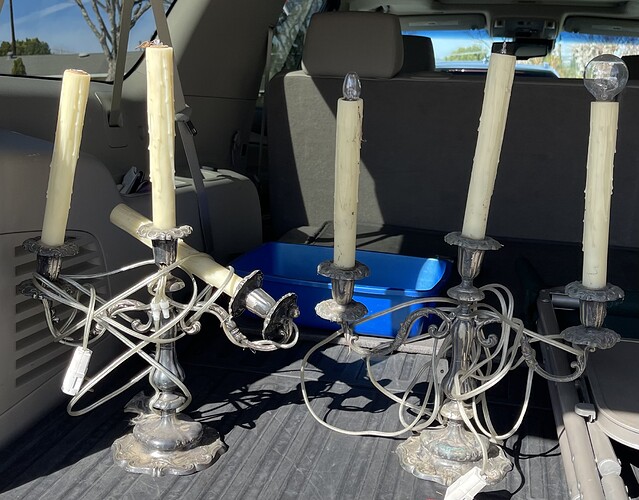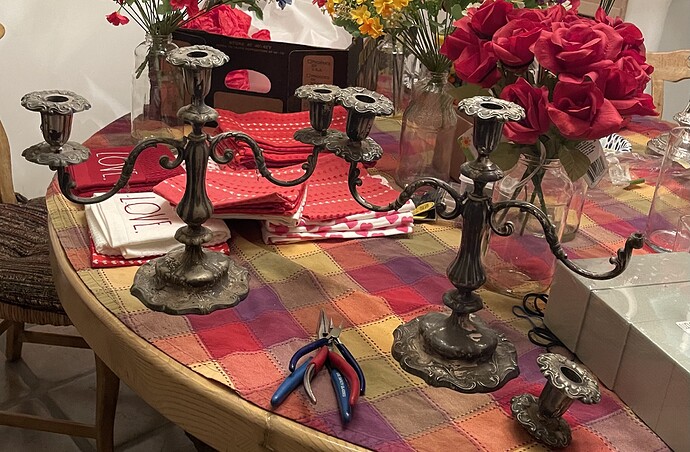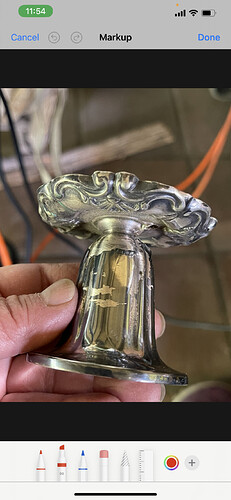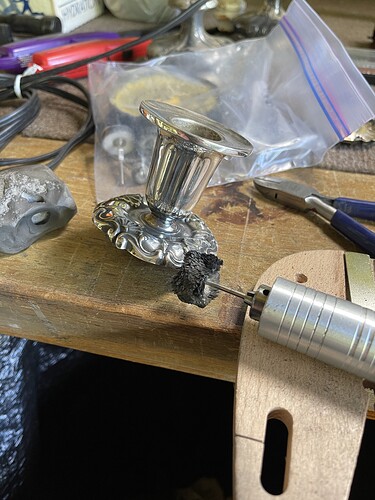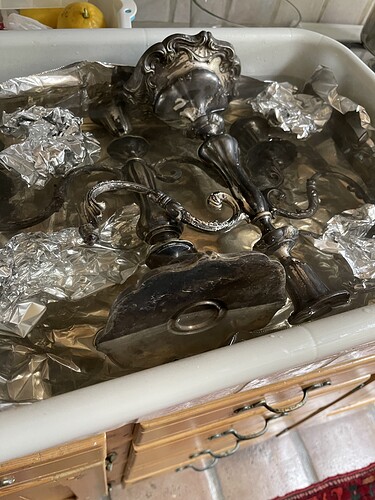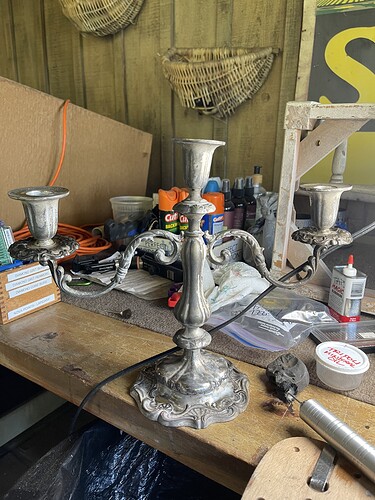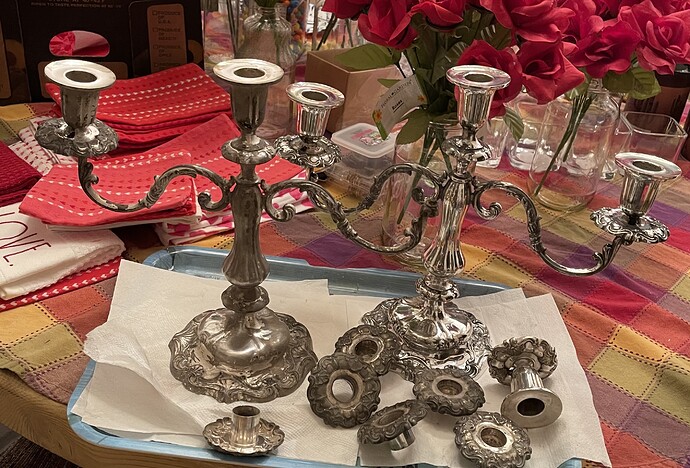Sorry but it’s not “just fine”.
The techniques of using silver dips leaves microscopic holes in the surface of the silver which makes it prone to more tarnish. Again more quotes from Jeff H.
"Chemical dips, such as Tarn-X, work by dissolving the tarnish on an object at an accelerated rate They work by dissolving the tarnish (and silver!) on an object at an accelerated rate.
Chemical dips will quickly remove factory-applied patinas (if left in the solution for more than a few seconds) or gradually (if dipped quickly each time the object requires cleaning). You’ll notice a soft white surface develop over time.
Chemical dips will quickly strip the shine from silver, leaving a dull, lifeless appearance.
Chemical dips will cause pitting of the object’s surface. These surface defects will act like a sponge and more readily absorb tarnish-producing gases and moisture. The object will eventually require professional polishing and possibly repatination to restore the original finish.
Chemical dips are made up of acidified thiourea (a strongly suspected carcinogen). Acids are corrosive and will damage silver, niello, bronze, stainless steel knife blades, and organic materials such as wood and ivory.
See the results from chemical dips here.
Aluminum Foil Technique ©
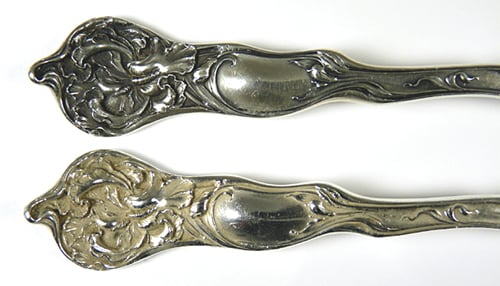
Above: The top sterling fork was left unpolished. The lower fork is another piece from the same lot that was that was subjected to the aluminum foil technique for only two minutes, resulting in stripped factory-applied patina. The whiteness is the result from copper that was etched (as seen under 10X magnification) from the sterling, leaving fine silver behind. Here’s another shocking example.
This process, known as electrochemical (galvanic) reduction, uses aluminum foil (or an aluminum plate); a ceramic or other non-heat-sensitive bowl or pan; sodium carbonate (washing soda) or sodium bicarbonate (baking soda); and boiling water. The aluminum is placed in the bottom of the bowl with either the washing soda or baking soda distributed on the aluminum surface. Boiling water is then poured over the powder and the sterling, coin silver, .800 (or other silver-copper alloy) object is immersed. When the object comes into contact with the aluminum in the solution, the tarnish (silver sulfide) is converted back to silver. And as with silver dips, factory-applied patinas will be dissolved. These pieces will eventually require repatinating. Case in point: This action will happen to both tarnished and polished silver. (Note: washing soda etches more severely than baking soda.)
Pieces cleaned may tarnish more quickly than silver that has been polished with a paste or liquid, for the object’s rough surface will act like a sponge and more readily absorb tarnish-producing gases and moisture. This same solution can also seep into hollow areas such as coffeepot and teapot handle sockets, unsoldered spun beads around the tops and bottoms of some holloware, and weighted pieces with minute holes that developed from over polishing. Another not-so-obvious problem is scratching of the object when dragged over the aluminum. For all these reasons this tarnish removal technique is not recommended."
